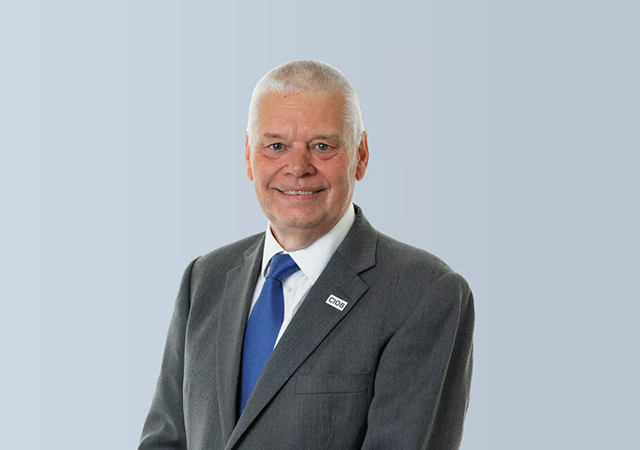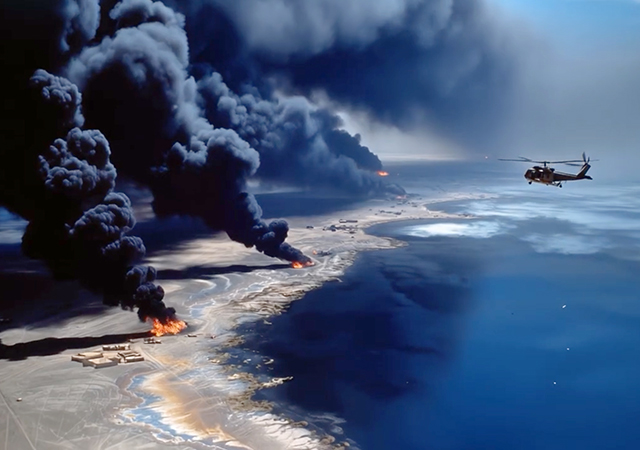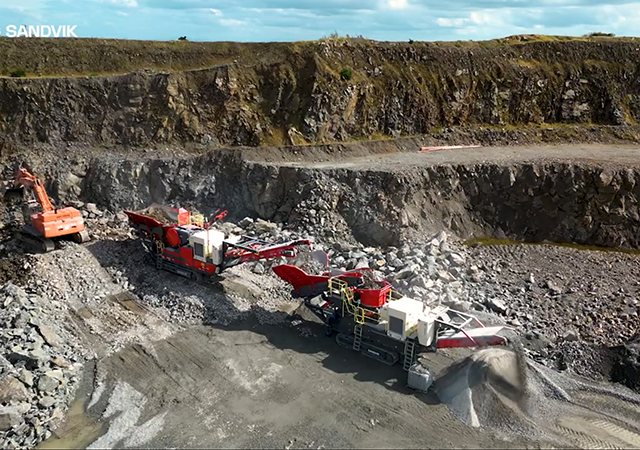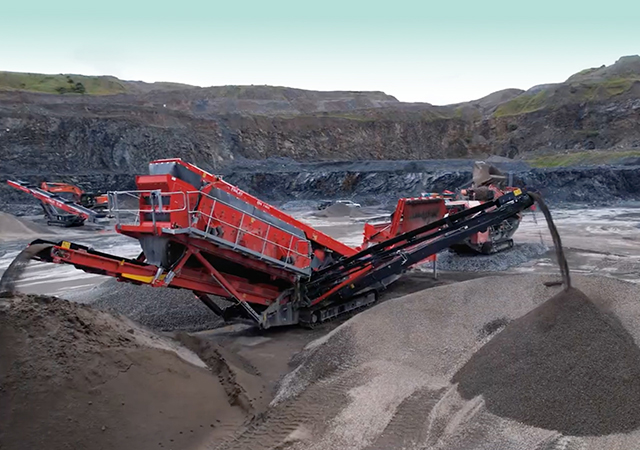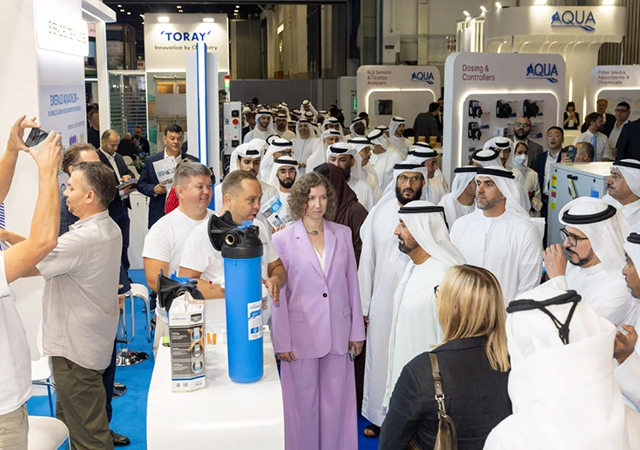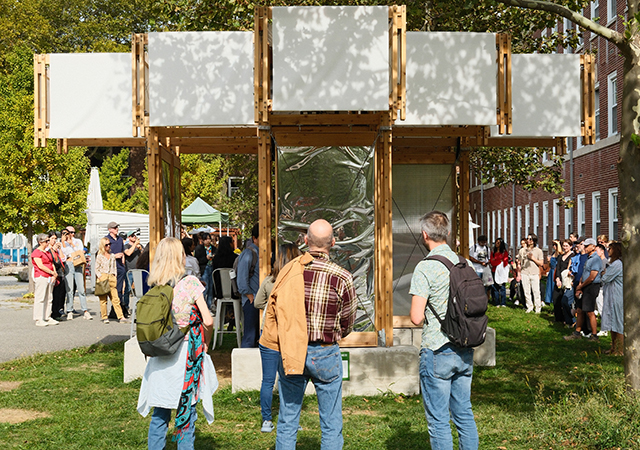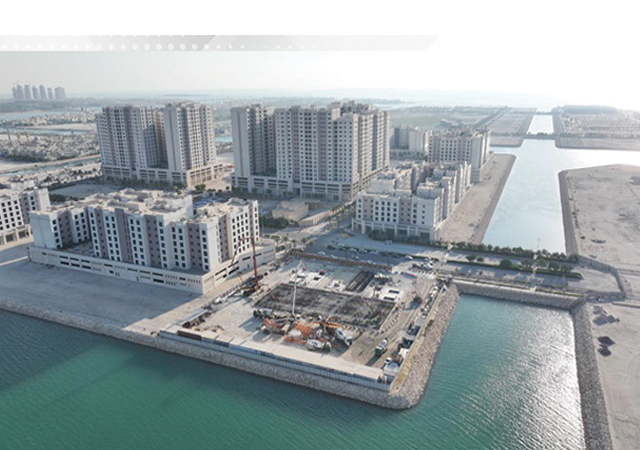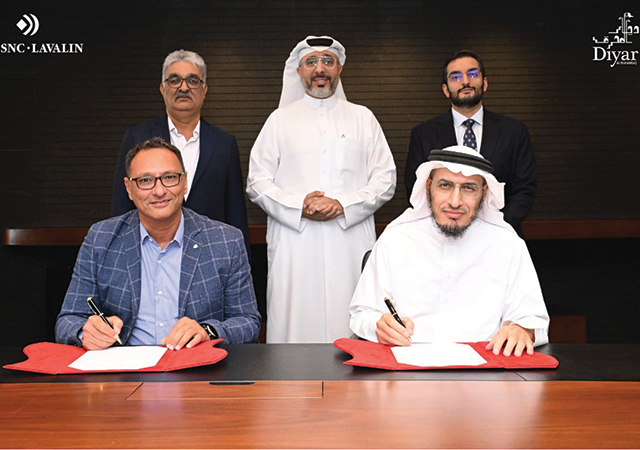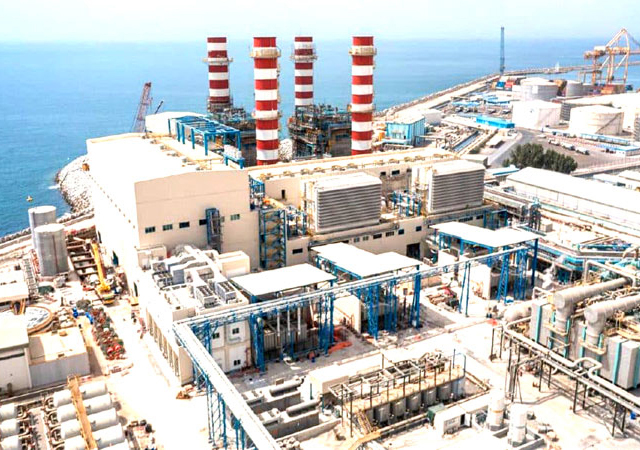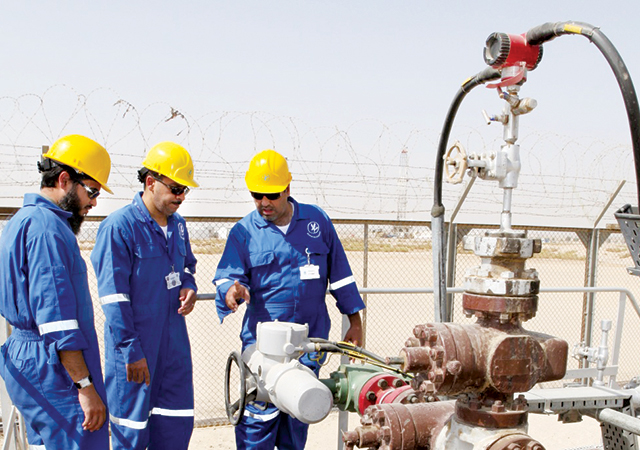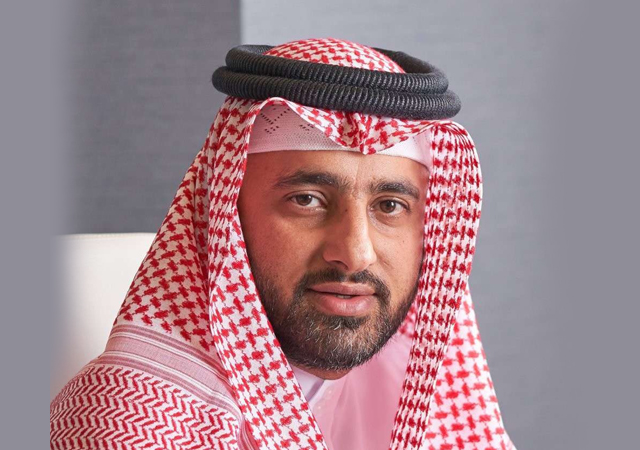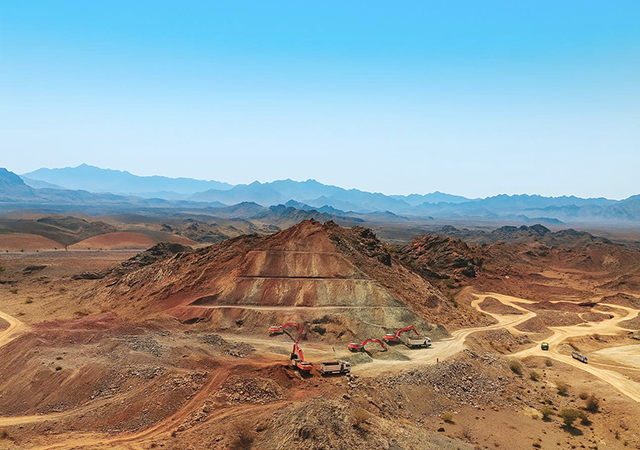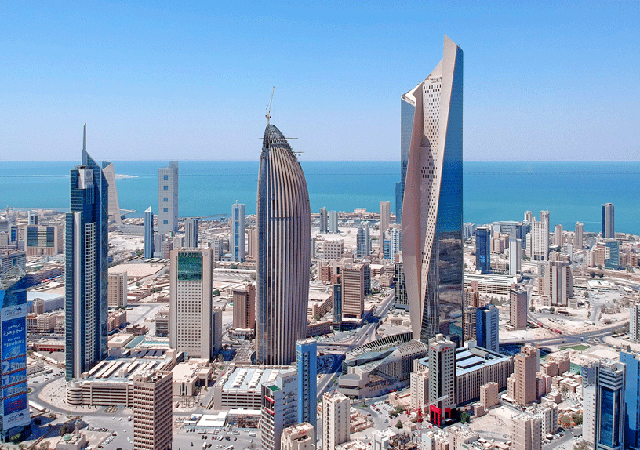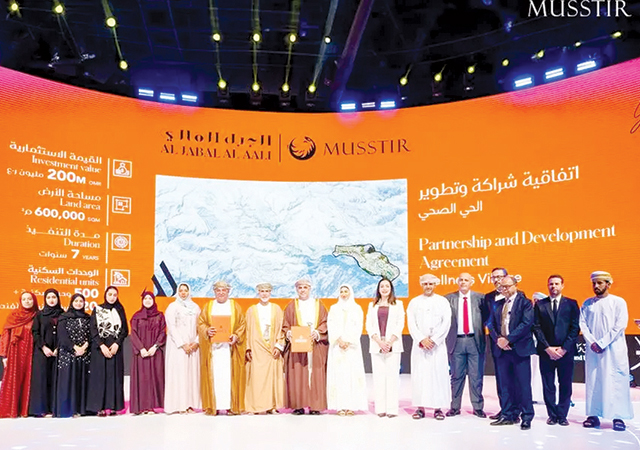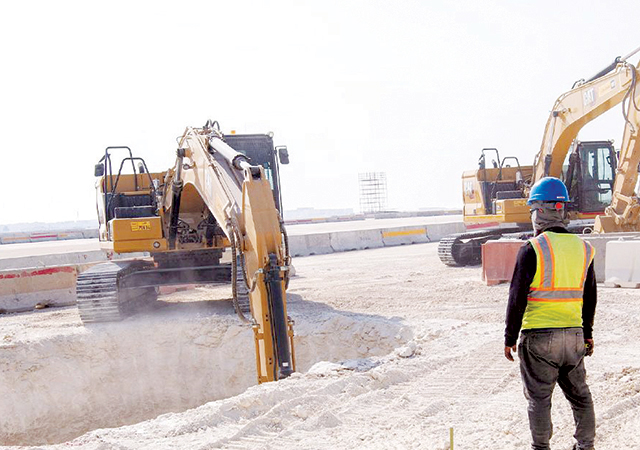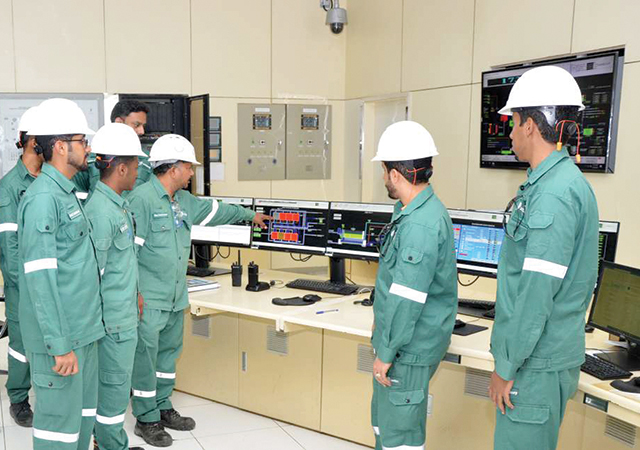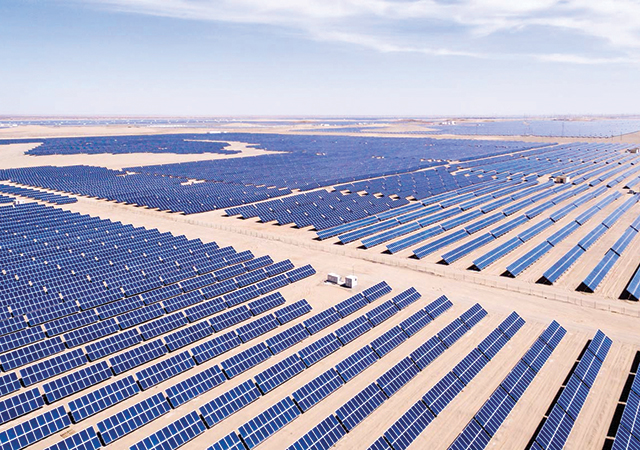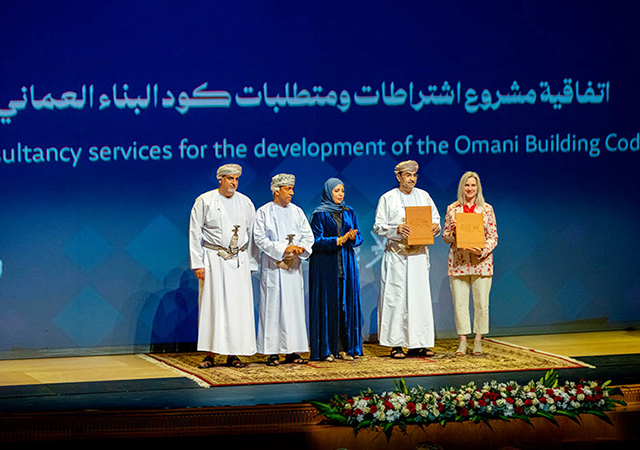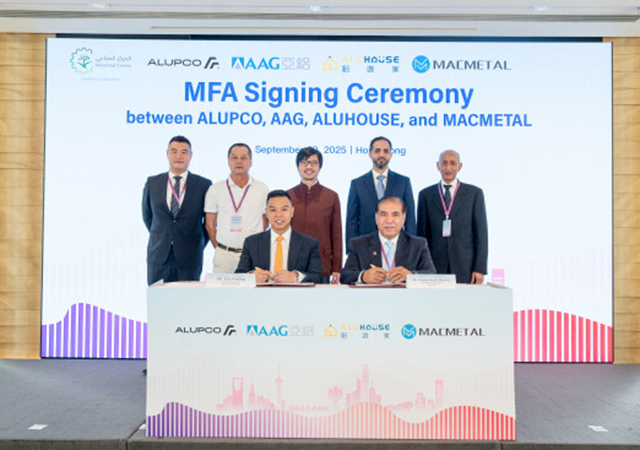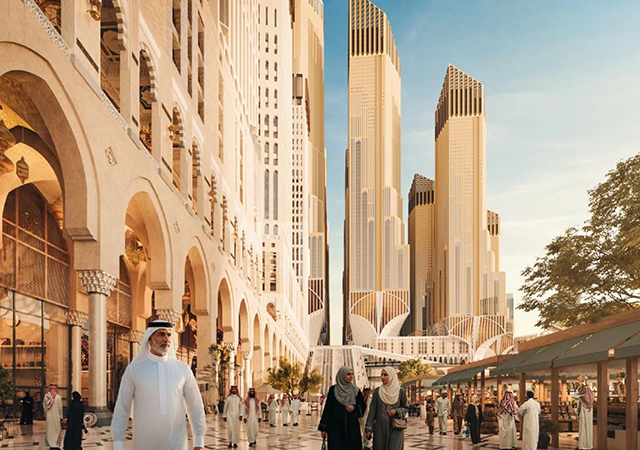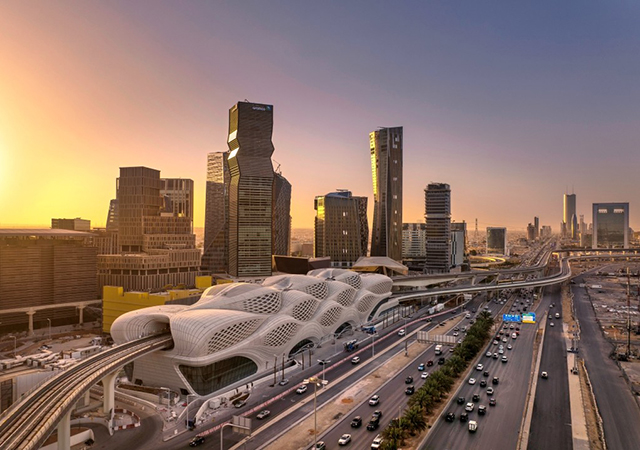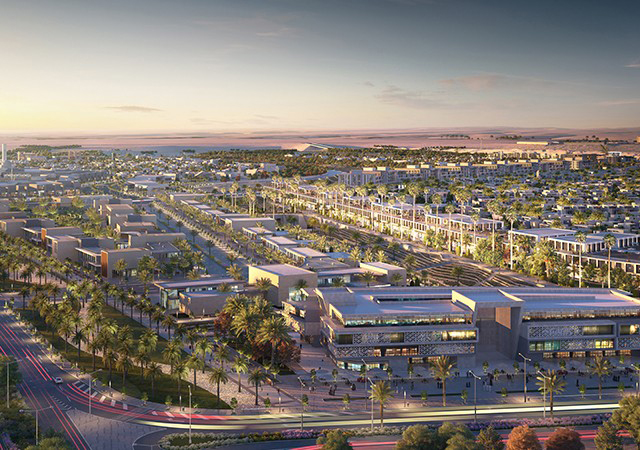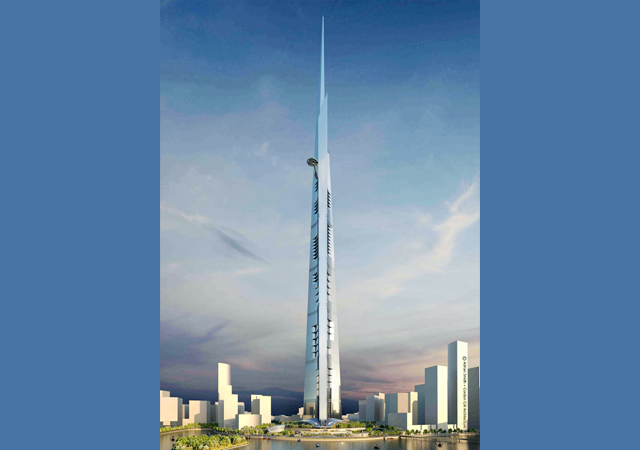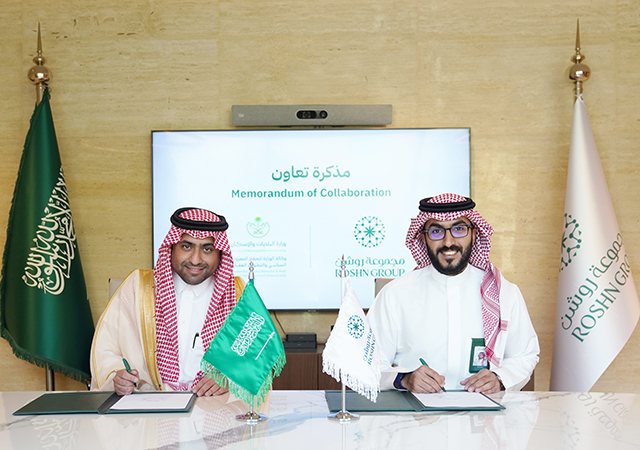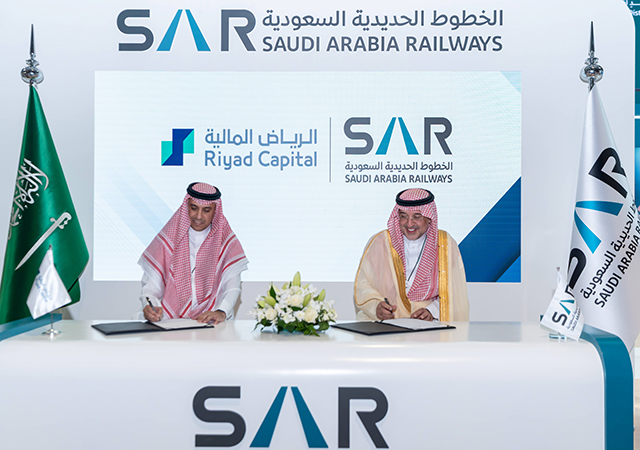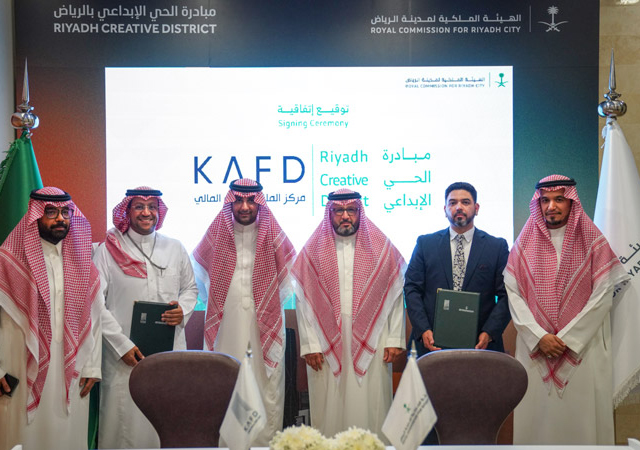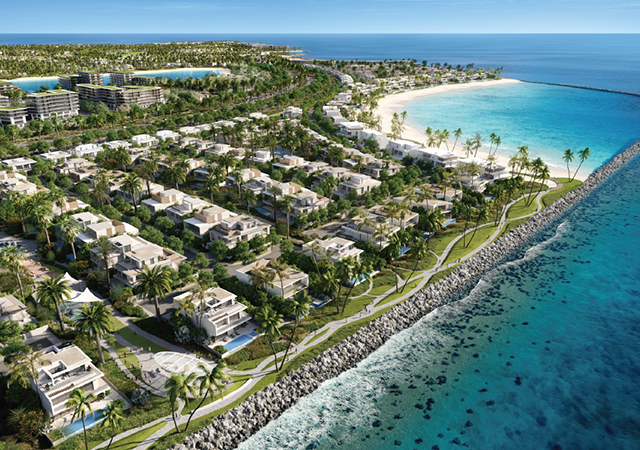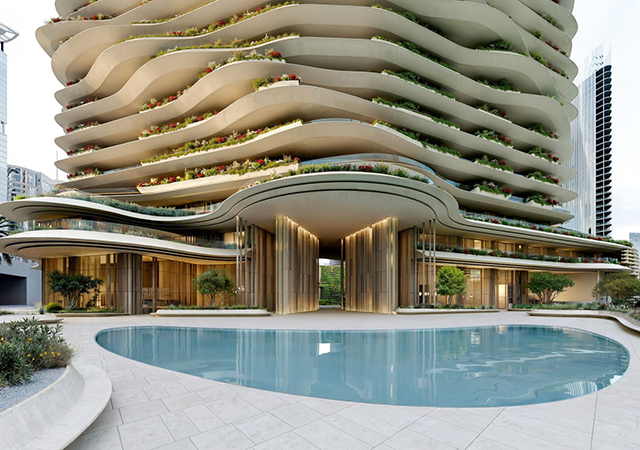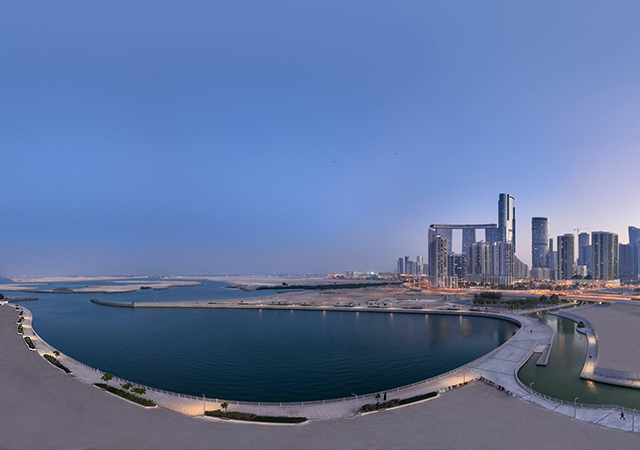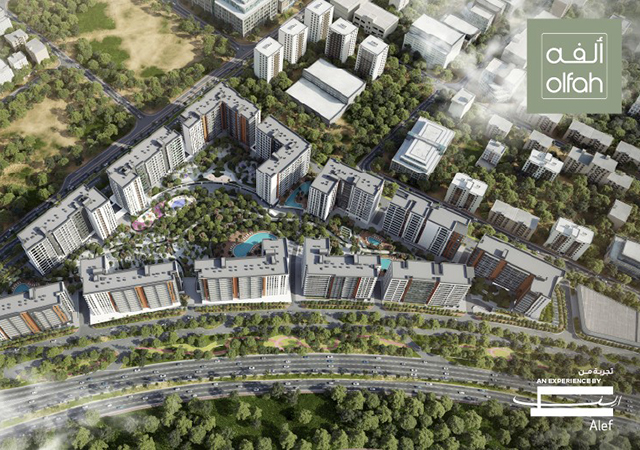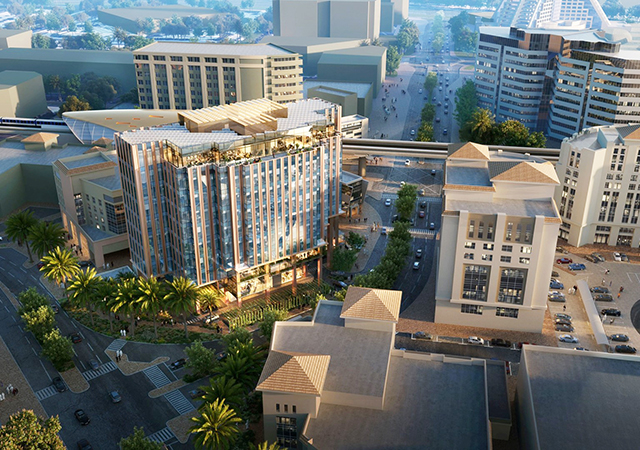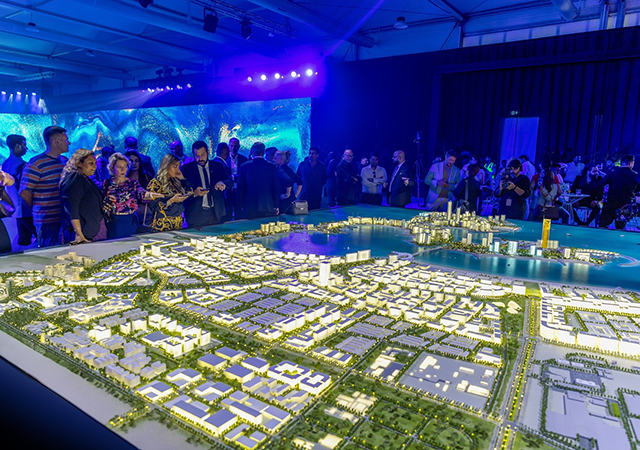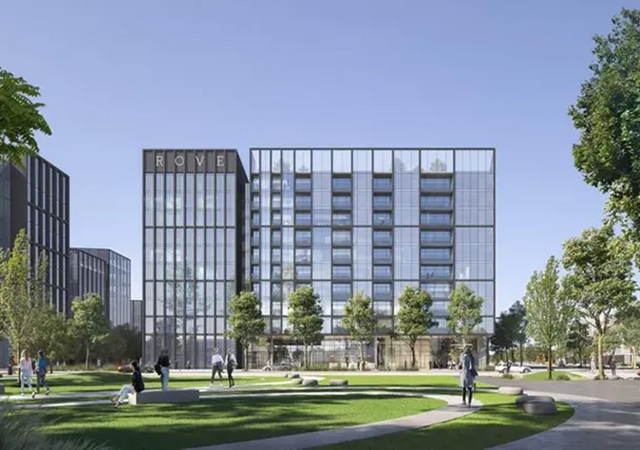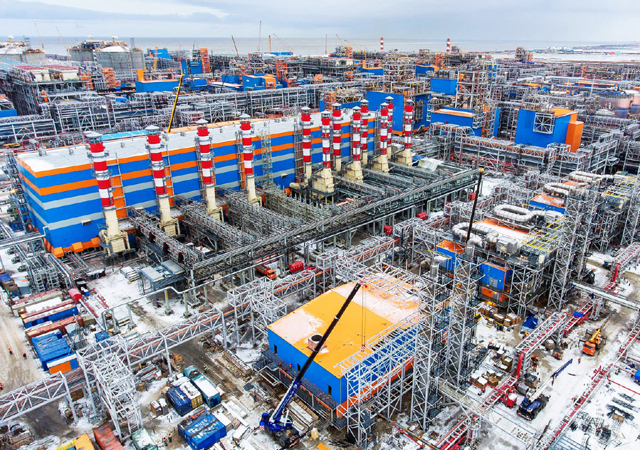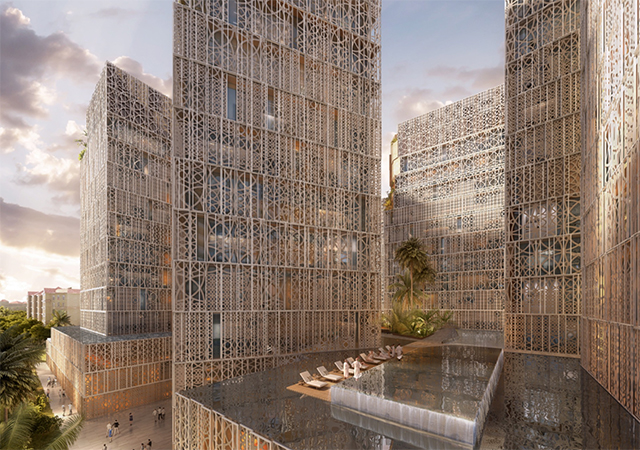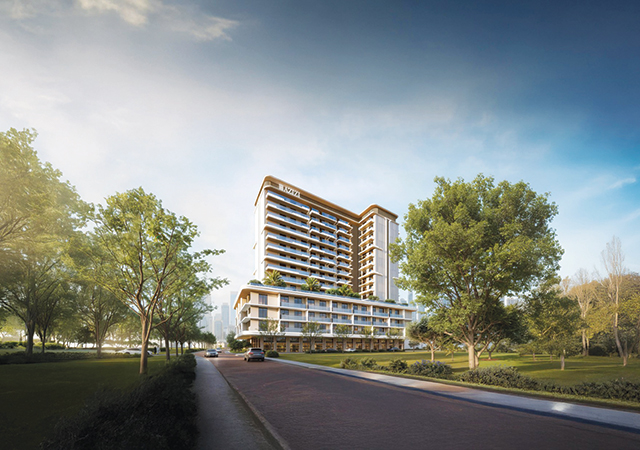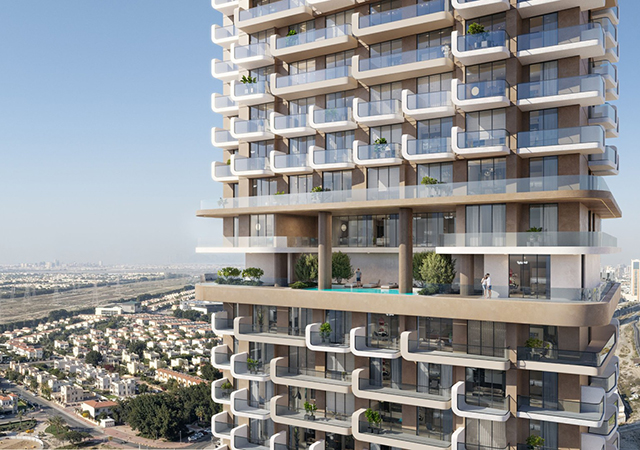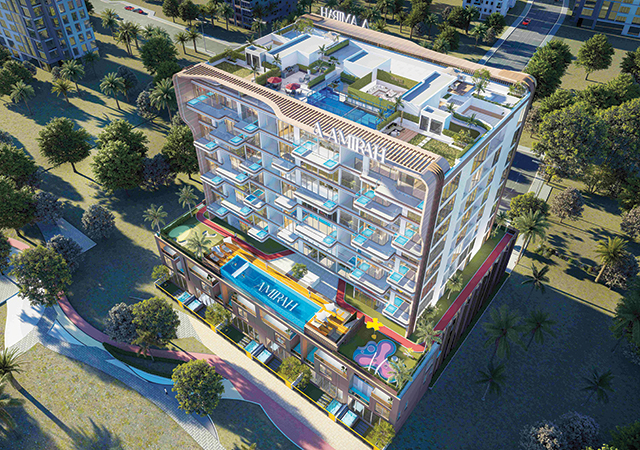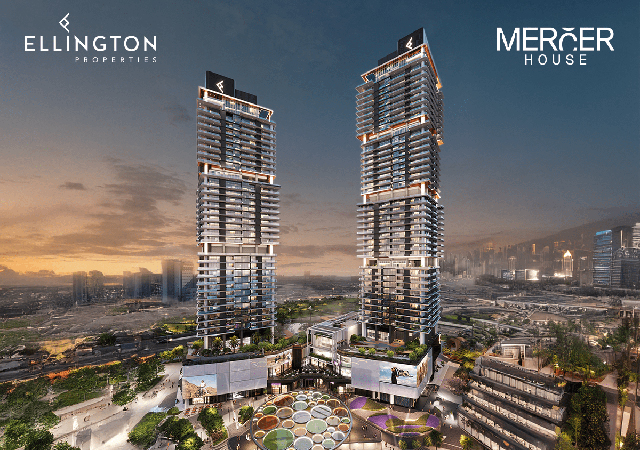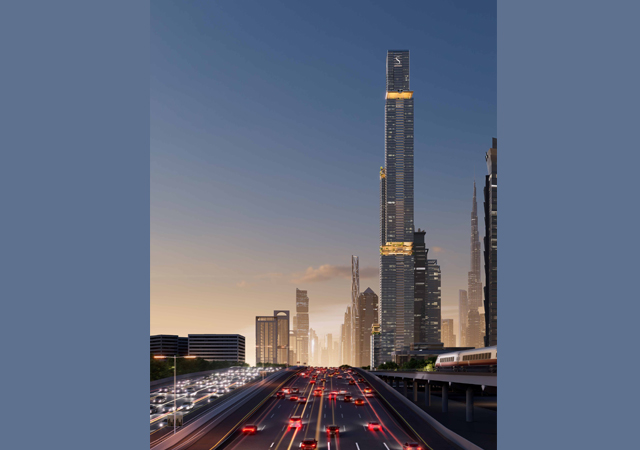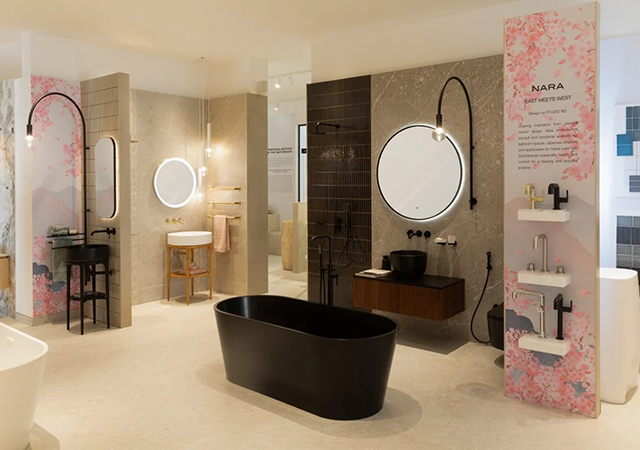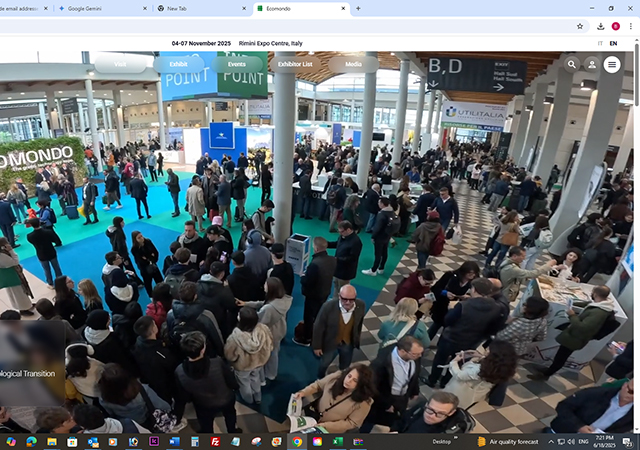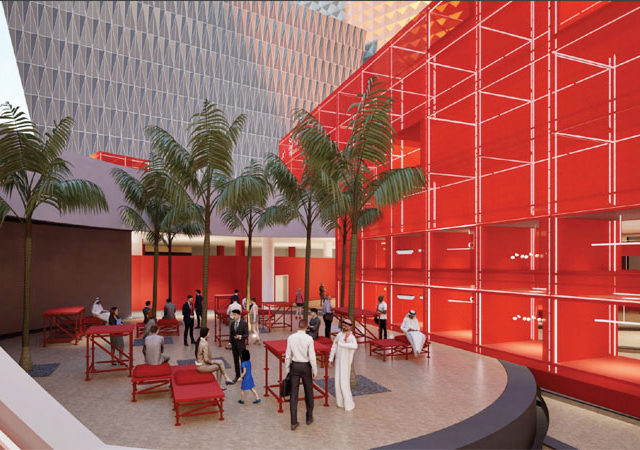
All the organisms that damage timber in buildings are part of the natural process that takes dead wood to the forest floor, decomposes it into humus and recycles the nutrients back into trees. Each stage in this process requires the correct environment.
The most damaging creatures that attack wooden structures are termites, which are wood-eating insect predators that can seriously damage homes and other structures made of wood – with the next in line being beetles.
On the basis of distinctive habits and problem-solving challenges, beetles rank near the top. There are two kinds: those that will re-infest the wood they have emerged from until the wood can no longer be used and must be replaced; and those that emerge from wood after it has been milled (and installed for whatever use it was intended).
Third in importance, depending upon geographical location, are bees, wasps, and ants. Fungi also damage wooden structures in areas where the climate is normally warm and humid. Wood rot fungal spores are found everywhere and germinate as soon as suitable environmental conditions prevail.
Types of termites
Subterranean termites: These are social insect that live in colonies and have a remarkable caste system. Commonly called white ants, termites are significant pests that damage wooden structures (furniture, building materials, wooden floors, railways sleepers, wooden bridges, boats, etc), books and large orchid trees like mango, apples, dates, coconut and guava.
Termite control measures include inspection, moisture management, selection of termiticides, installation of physical barriers and termite baits in concordance with the biology and bionomics of the termites. Simply put, it is an integrated pest management (IPM) programme in which a group of techniques is selected and applied according to the infestation or the structure to be treated.
Masa renders IPM for termites, ensuring quality standard operating procedures, which form the basis of and are incorporated in the company’s policy. It has witnessed tremendous changes in the termite market over the past 35 years since its inception.
Inspection for subterranean termites is an essential element in their management and Masa’s consultants are specialised in this. The inspection report includes important points, such as an accurate graph measurement of the total area, sketch building plan, dimension and layout. Along with details of the termite damage, this plan should indicated the location of electrical cables, water pipes, sewerage system and water reservoir. It should also include indicate the flow of water off the structure, location of the air-conditioners and the areas that stay wet for a longer time. The sources of food for termites, such as mulch, wood-to-ground contacts, firewood, live trees, etc, must be mentioned in the inspection.
Moisture control is essential for the long-term management of termites. It is important to know how water flows away from the building. This includes knowledge of the presence of wells and water tanks especially underground concrete water tanks. A long-standing moisture problem is a termite attractant – therefore, this moisture problem – if present – must be solved first. The food sources of termites – including debris, wood, stumps, dead bushes and mulch – should be identified and removed.
A termite control measure that can guarantee results is the development of a chemical barrier around and below the building. This can be accomplished by several ways like rodding, trenching, spraying, drilling, injecting, dusting, plugging, and patching.
Soil treatment can be done in two stages:
• Pre-construction treatment: Here, the termiticide emulsion is applied during the construction stages of a building starting from the foundation footing and the outside perimeter. Treatment depends on the construction technique as well as the structural composition of the building. Also termed as termite-proofing, this is a sure method that guarantees a complete chemical barrier.
• Post-construction treatment: This treatment is done in an existing building, mainly by drilling, injection and patching. Sometimes trenching and rodding is also done, with the aim of creating a continuous chemical barrier that will block termite entry. The main entry points of termite are foundations, expansion joints, perimeter wall, and cracks in flooring/foundation walls and footings.
Pre-construction treatment is more effective than post-construction treatment in controlling termites. The chemical barrier remains the standard method in controlling termites. Among the newly-developed techniques, there is none that can claim to be a standalone method of termite control, with all of them providing extra tools for IPM.
Drywood termites: These are difficult to detect and attack dry, non-decayed wood, including structural timber, dead limbs of native trees, furniture and lumber in storage. They are seldom seen and only appear during the swarming period, and live deep inside the wood. Unlike subterranean termites, these have a low moisture requirement and can tolerate dry conditions for prolonged periods. They remain entirely above ground and do not connect their nest to the soil. Piles of their faecal pellets, which are distinctive in appearance, may be a clue of their presence.
Dampwood termites: These only attack moist wood and frequently attack door frames of buildings, baseboards, fence posts and fallen trees. They nest in wood buried in the ground, although contact with the ground is not necessary when infested wood is high in moisture. Because of their high moisture requirements, dampwood termites most often are found in cool, humid areas along the coast and are typical pests of beach houses.
Masa Establishment for Pest Extermination Services, a pioneer in pest control management in Saudi Arabia, has an in-depth knowledge of the way insects live as well as safety measures in controlling the insect pests, having successfully treated and saved thousand dwellings, buildings, artwork, museums, antiques, wooden frames and other similar materials made of wood. Its treatment methods are based on 35 years of dedicated service to the public and environment.
The company selects termiticides on a scientific basis. Recently, it registered a new termiticide of the Neonicotinoid family, Raslan Plus with Saudi Food and Drug Authority (SFDA), the Saudi pesticide regulatory authority. Raslan Plus – which has an active ingredient Imidacloprid (30 per cent SC) – is a systematic and contact insecticide that is ecologically friendly and has low toxicity towards people and animals. It is odourless and creates a non-detectable treated zone that functions as a “killing field” whose effects may be transmissible to other termites and leads to contamination of the colony.



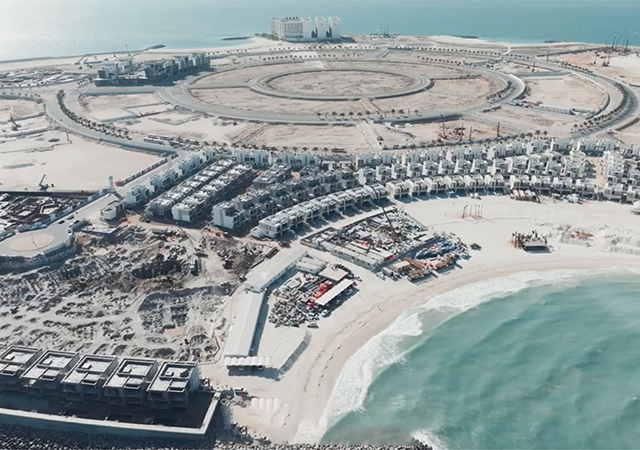
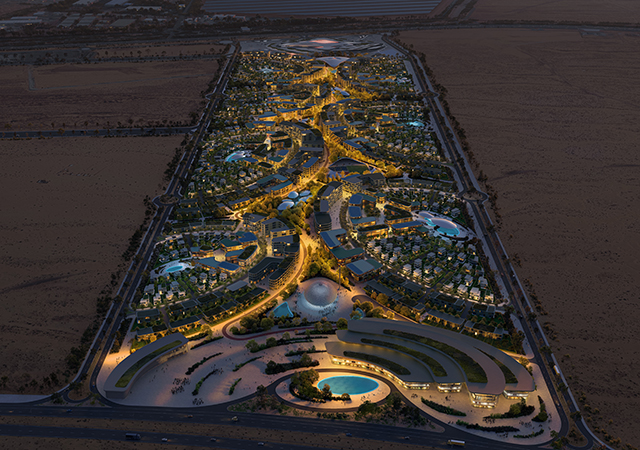
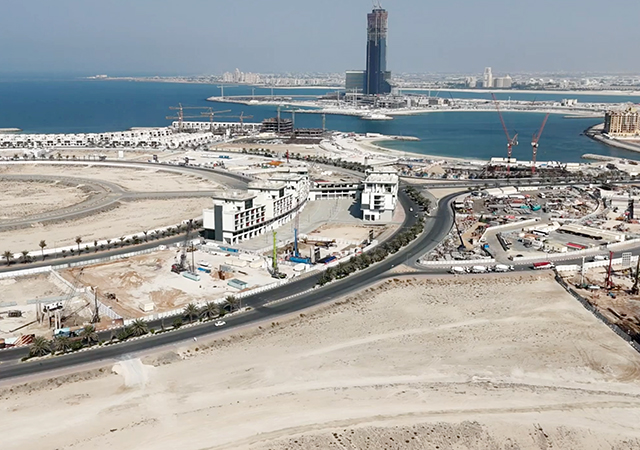
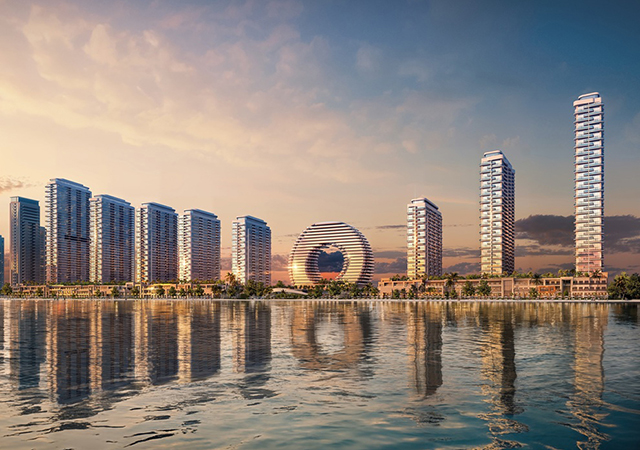
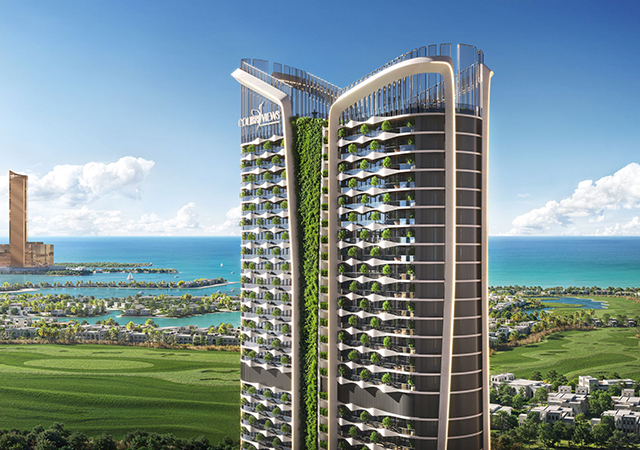
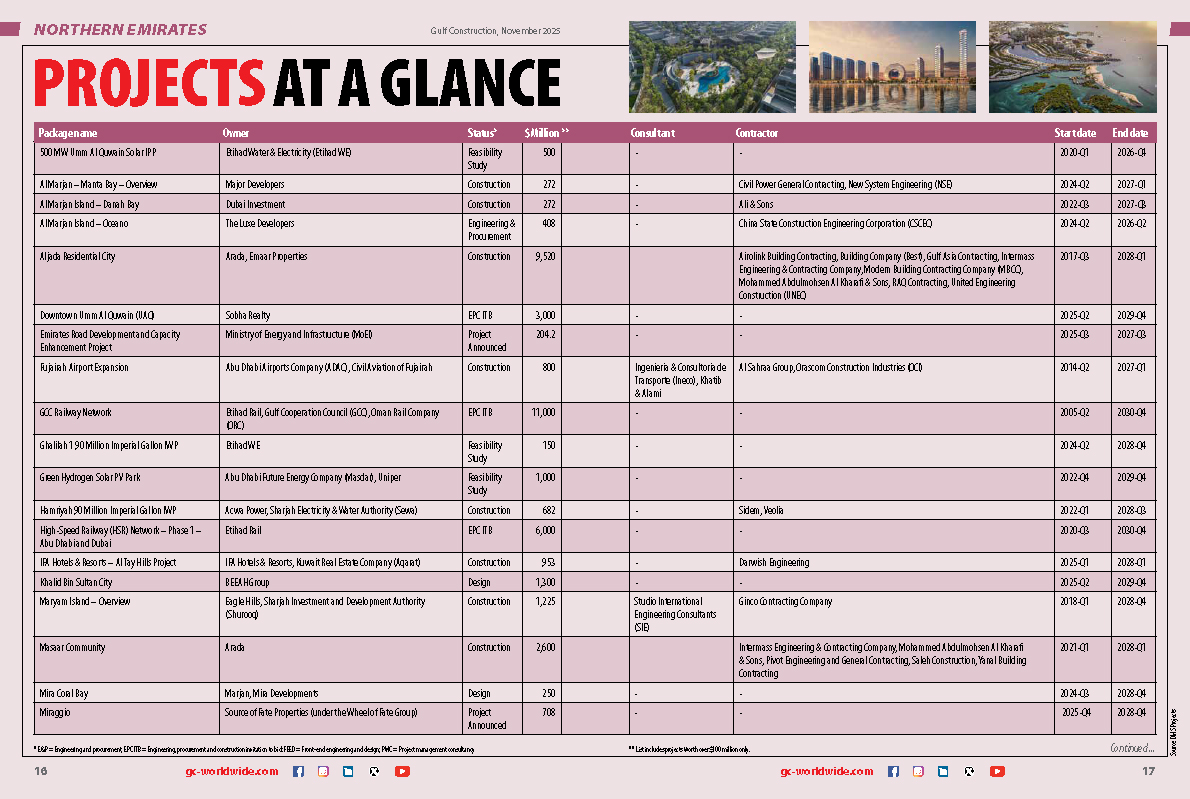
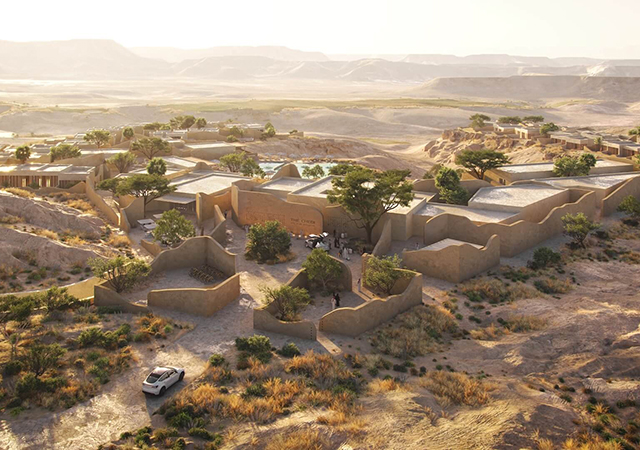
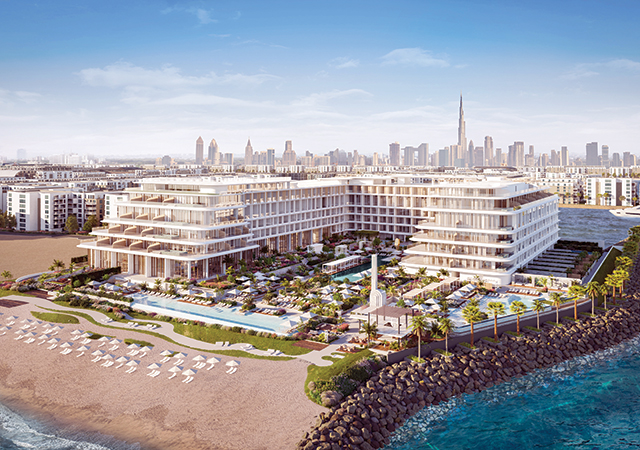
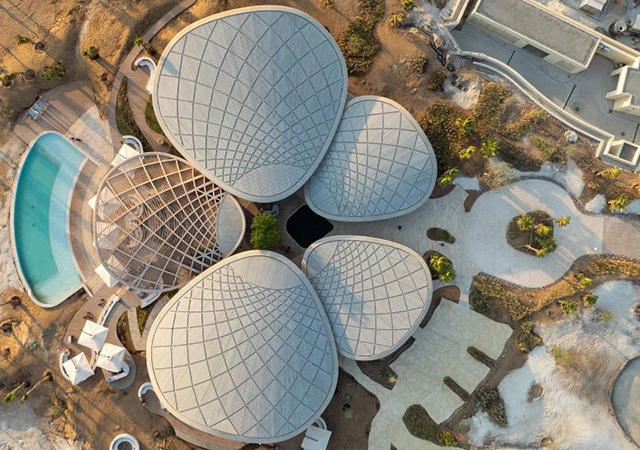

(5).jpg)
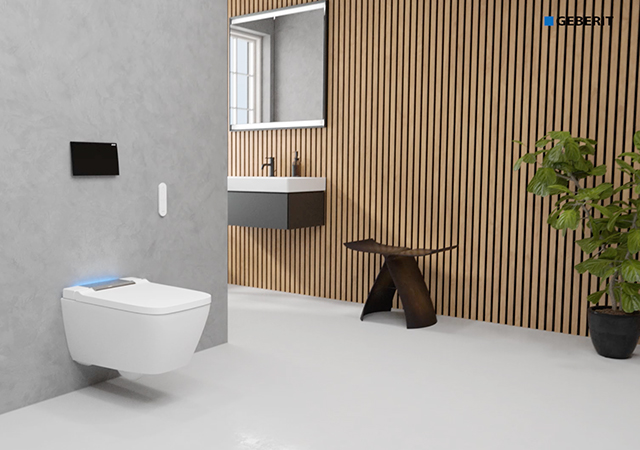
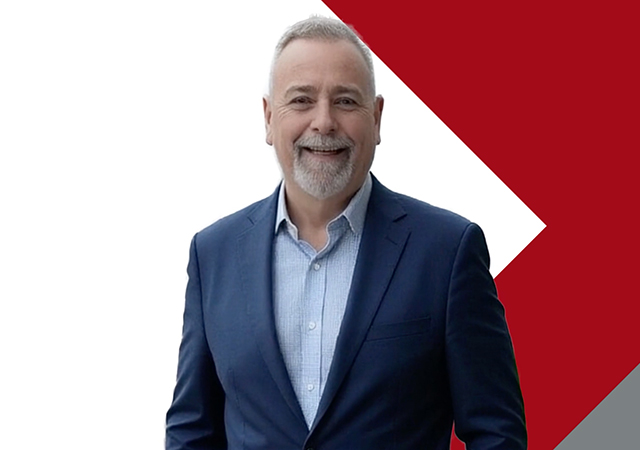

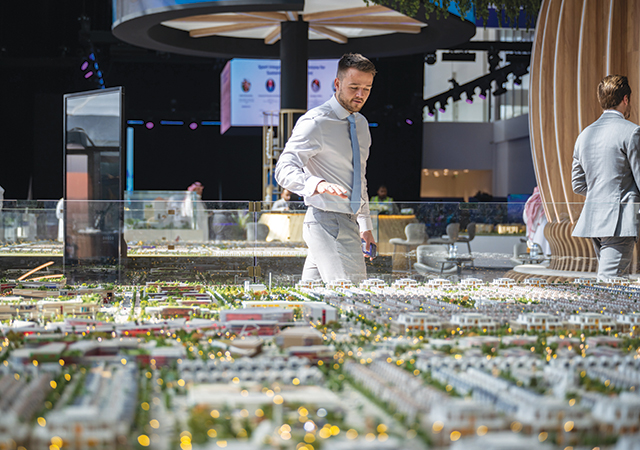
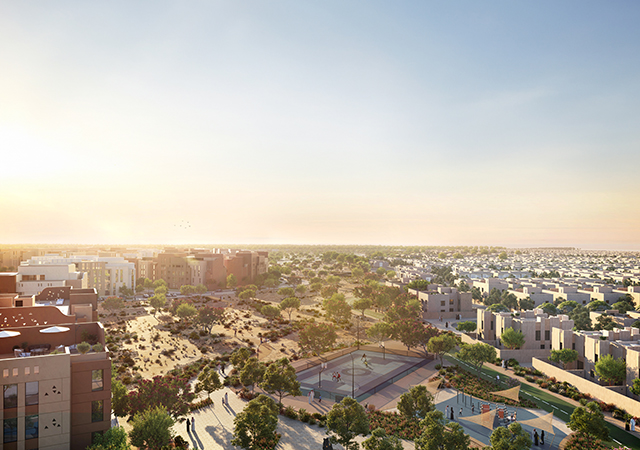
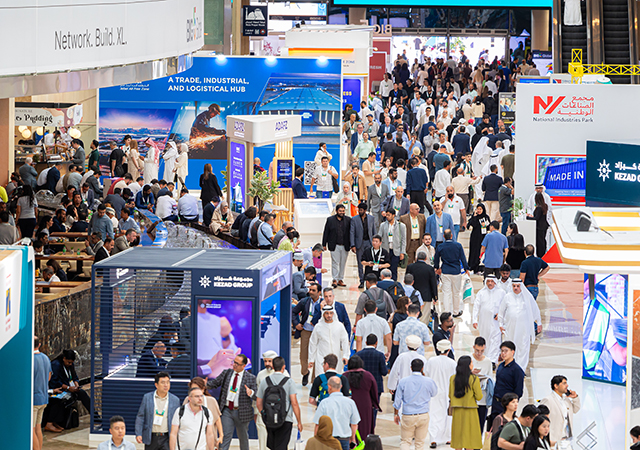
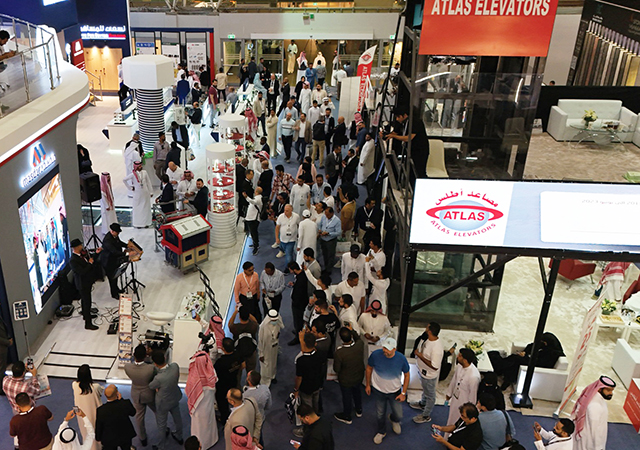
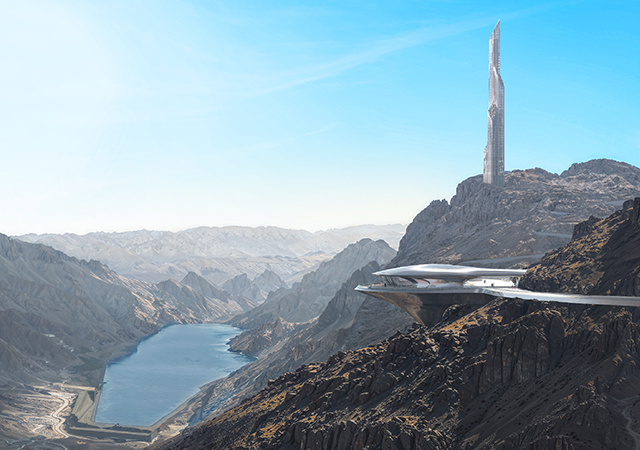
.jpg)
